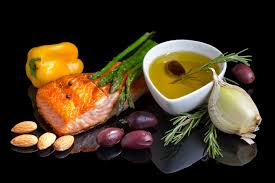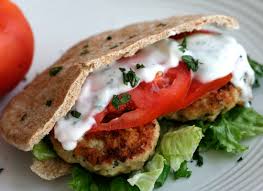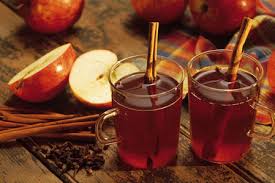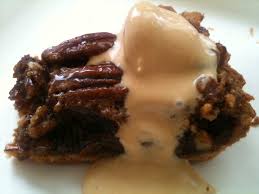 A new study may help explain why glucose tolerance — the ability to regulate blood-sugar levels — is lower at dinner than at breakfast for healthy people, and why shift workers are at increased risk of diabetes.
A new study may help explain why glucose tolerance — the ability to regulate blood-sugar levels — is lower at dinner than at breakfast for healthy people, and why shift workers are at increased risk of diabetes.
In a highly controlled study of 14 healthy individuals, a team led by researchers from Harvard-affiliated Brigham and Women’s Hospital (BWH) measured the independent influences that behavioral factors (mealtime, sleep/wake cycle, and more), the body’s internal clock (circadian system), and misalignment between these two components had on a person’s ability to control blood-sugar levels. The team reports its findings — with implications for shift workers and for the general public — in the week of April 13 in PNAS.
“Our study underscores that it’s not just what you eat, but also when you eat that greatly influences blood-sugar regulation, and that has important health consequences,” said co-corresponding author Frank Scheer, Harvard Medical School (HMS) associate neuroscientist and assistant professor of medicine in the Division of Sleep and Circadian Disorders and Departments of Medicine and Neurology at BWH. “Our findings suggest that the circadian system strongly affects glucose tolerance, independent from the feeding/fasting and sleep/wake cycles.”
Source: Harvard Gazette











